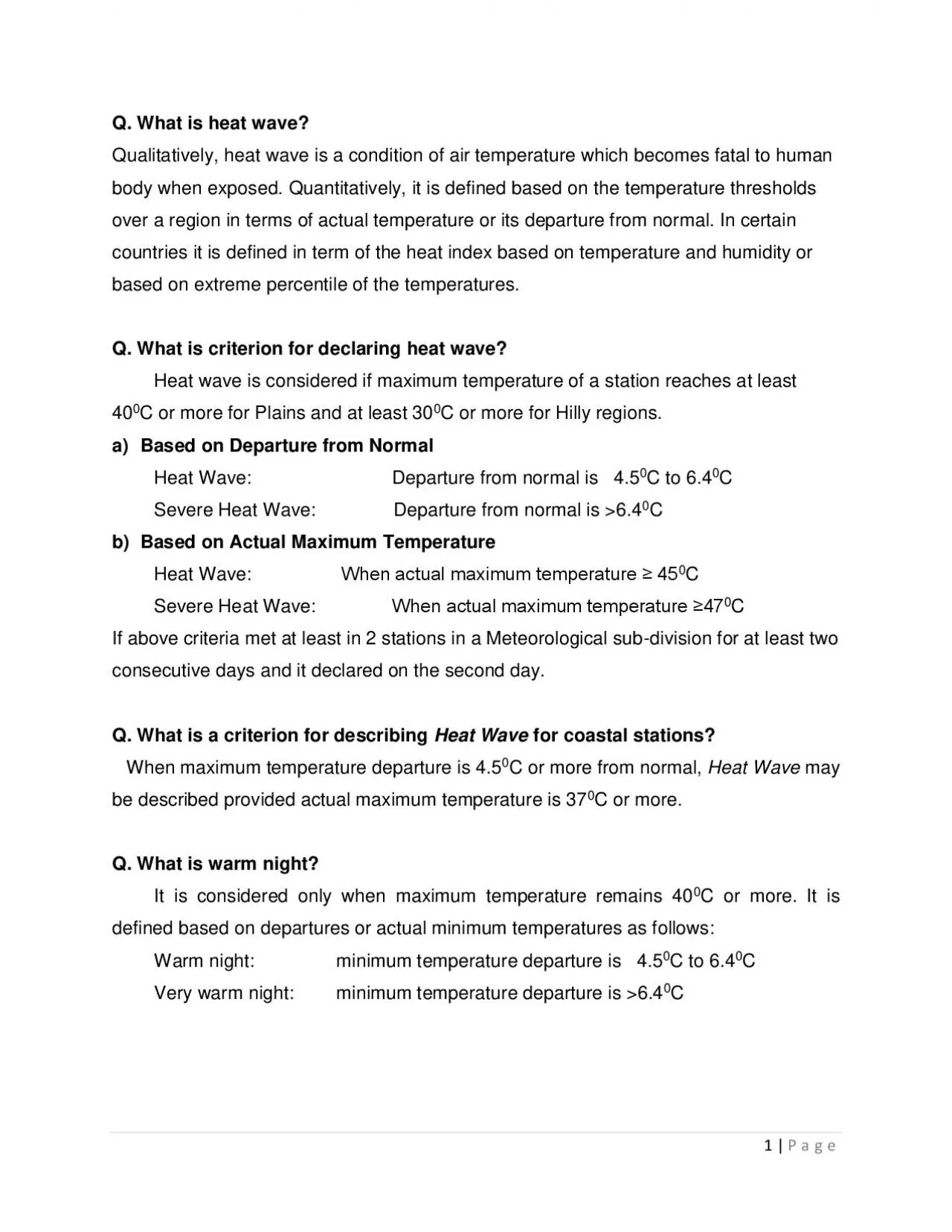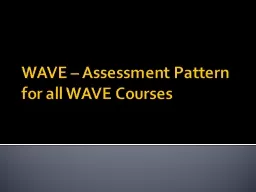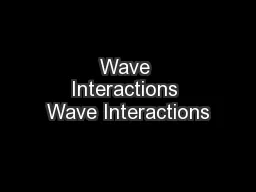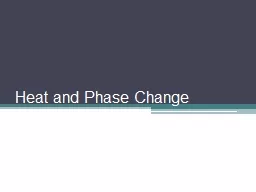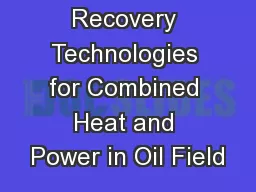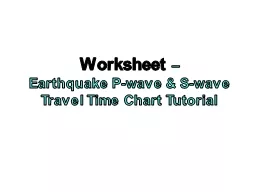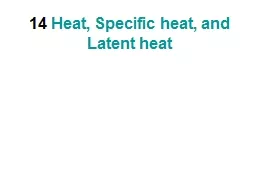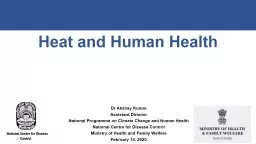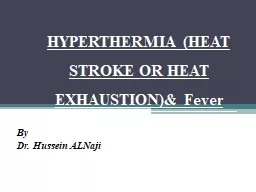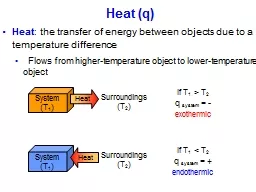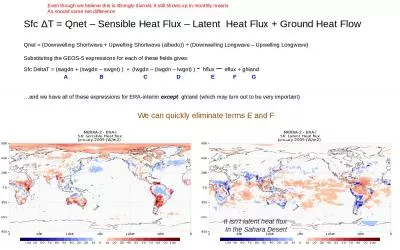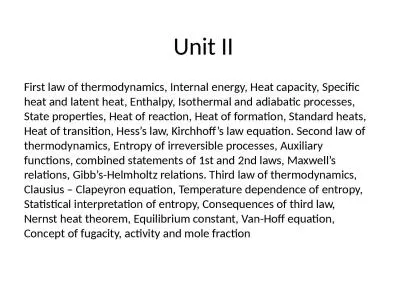PDF-Q What is heat wave
Author : isabella2 | Published Date : 2022-08-25
1 Page Qua li tatively heat wave is a condition of air temperature which becomes fatal to human body when exposed Quantitatively it is defined based on the temperature
Presentation Embed Code
Download Presentation
Download Presentation The PPT/PDF document "Q What is heat wave" is the property of its rightful owner. Permission is granted to download and print the materials on this website for personal, non-commercial use only, and to display it on your personal computer provided you do not modify the materials and that you retain all copyright notices contained in the materials. By downloading content from our website, you accept the terms of this agreement.
Q What is heat wave: Transcript
Download Rules Of Document
"Q What is heat wave"The content belongs to its owner. You may download and print it for personal use, without modification, and keep all copyright notices. By downloading, you agree to these terms.
Related Documents

